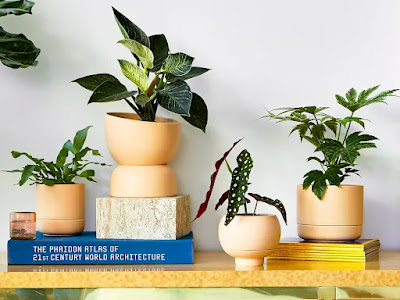Charcoal Sticks: A Timeless Art Medium
Charcoal is a go-to choice for artists because it's super versatile and easy to work with. But did you know there are different types of charcoal out there for drawing? When you hit up an art supply store, you'll find a variety of drawing charcoals to pick from. So how do you decide?
Most artists opt for charcoal sticks, but there's a difference between let's say a willow and vine charcoal. What matters is that charcoal stick drawing is excellent for creating shadow tones, adding depth to your artwork but also to create sharp lines.Charcoal Pencils
 |
| source: quickdrawart.com |
When it comes to charcoal sketching, you can't overlook charcoal pencils. These are basically compressed charcoal mixed with clay and encased in wood, giving them a pencil shape. Available in light, medium, and dark grades, they offer a broad spectrum of tones. You can sharpen them to your desired point, making them a neater option compared to vine charcoal. If you're aiming for more detailed work, these pencils are a fantastic choice.
Charcoal Sticks
These are often known as "vine charcoal," are primarily crafted from charred willow twigs. They come in different densities and thicknesses—soft, medium, and hard—allowing for a diverse range of tones. Charcoal stick drawing will allow you to create crisp lines and subtle shadow tones, adding depth to your artwork. Plus, it's super easy to smudge.
Willow and Vine
Willow and vine charcoal are the simplest types of drawing charcoal, made from willow branches or grapevines. The process involves heating the wood in a kiln without oxygen, which removes the flammable gases and moisture. What you end up with are carbonized sticks perfect for drawing.These charcoal sticks are pretty fragile and crumbly since they lack any binder. When you draw with them on paper, the powder transfers onto the surface and gets trapped in the paper fibres. Without a binding agent, the charcoal can be easily smudged or erased, which is a big plus for artists. You can also blend it with various tools to achieve different shades and textures.
However, the absence of a binder means your artwork can smudge easily. To prevent this, some artists use a fixative to hold the charcoal in place, but it often darkens the drawing. So, what's the difference between willow and vine charcoal? Generally, vine charcoal tends to be a bit lighter and greyer compared to willow. But honestly, the difference isn't huge. Keep in mind that both types are natural products, so their characteristics like color and tonal value can vary by brand and batch. It’s always a good idea to experiment with different brands to find what works best for you.
Compressed
 |
| source: ytimg.com |
Generally, compressed charcoal is darker than regular willow or vine charcoal. The binder not only makes it tougher but also less likely to break compared to regular charcoal. You can use the side of the stick for wider strokes or the tip for finer lines. Thanks to the binder, compressed charcoal sticks stick to paper better than regular types, making them trickier to erase or blend. This can be a double-edged sword: you won’t have to stress about smudging your work, but it can be tough to achieve those soft transitions and gradations you might want.
What's Charcoal Art Medium?
Charcoal is basically burnt wood, and it can leave some serious black marks everywhere (you don’t even need charcoal pencils to notice this; just touch some charred wood in your fireplace). Those black marks are super handy for drawing and are a favourite among artists. People have been using charcoal for ages, even back in prehistoric times when they were sketching in caves. There are two main types of charcoal artists use: "vine" and "compressed."
Vine charcoal is made from burnt willow and spreads easily on paper, it’s a breeze to erase. It gives a lighter touch compared to compressed charcoal. On the flip side, compressed charcoal is a bit messier, but that’s not always a bad thing since many artists like to smudge it to blend lines or shadows. You’ll usually find it in round sticks. Compressed charcoal is made with a gum binder, making it darker and tougher to erase, and it leaves a bolder mark. You can find it in square or round sticks, or even in pencil form.



Comments
Post a Comment